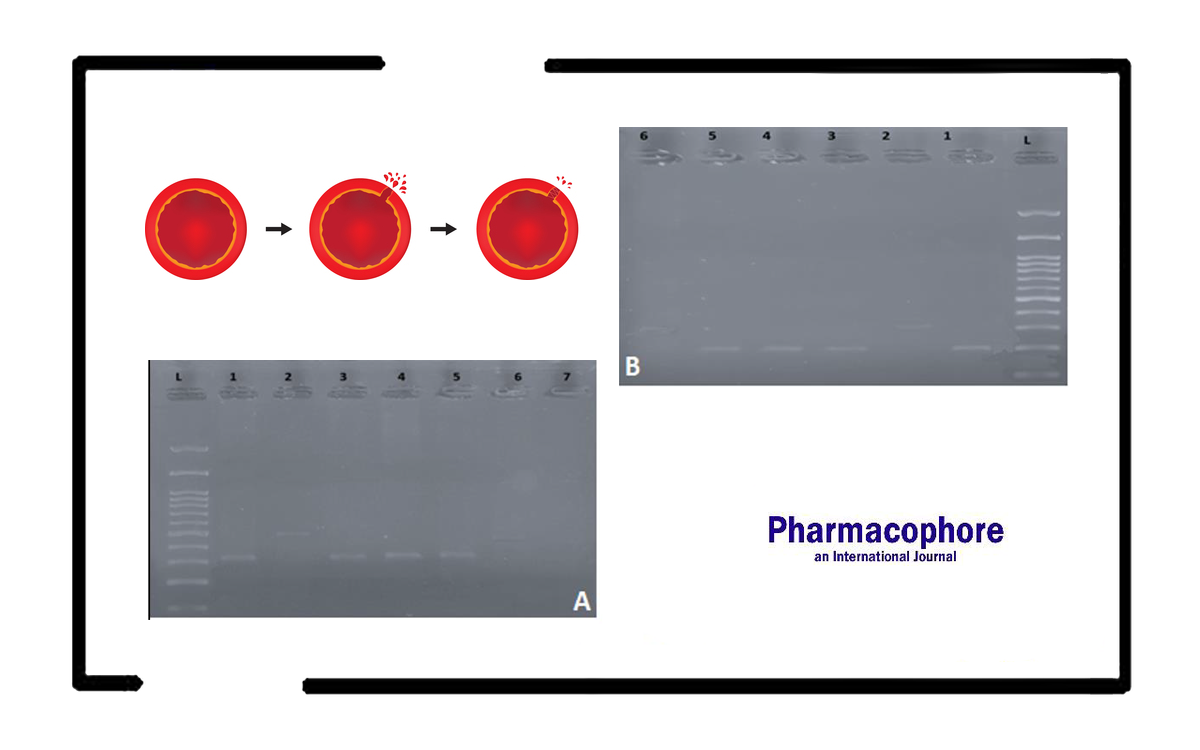Molecular Characterization of Hemophilia A Patients in Duhok, Iraq
By Najeeb Saeed Rasheed I Pharmacophore
https://doi.org/10.51847/YerIDDpIcm
The gene for coagulation factor VIII in hemophilia has more than 250 distinct mutations, and documentation of these mutations can predict the clinical phenotype, the likelihood of developing an FVIII inhibitor, and how an individual will react to the induction of immune tolerance. The current study set out to identify common mutations underlying hemophilia in a single center from Duhok/Iraq. All enrolled patients had molecular studies using inverse shifting PCR (IS-PCR) and limited sequencing to identify hemophilia-associated mutations. The current study included 80 hemophiliac patients with a median age of 15. 77.5% of patients (62) have a family history; the initial clinical features at diagnosis included skin and mucous membrane bleeding. No inhibitor was found among the enrolled patients, and the most common chronic complication included targeted joints in 56 individuals (70%) and predominantly involved the knee, elbow, and ankle joints. Other complications include viral infection, particularly HBV and HCV (8/80, 10%). The most common genetic mutations were Inversion 1, followed by Inversion 22 and point mutations in 35 (43.75%), 32 (40%), and 10 (12.5%) patients, respectively. One novel point mutation in exon 14 and only 3 (3.75%) cases remained uncharacterized. Inv. 1 and Inv.22 were associated significantly with the severity of hemophilia, target joint formation, more bleeding episodes, chronic pain, and viral hepatitis. Genetic heterogeneity of Hemophilia A in the region with predominant Inv. 1 is mainly related to ethnic variations.

